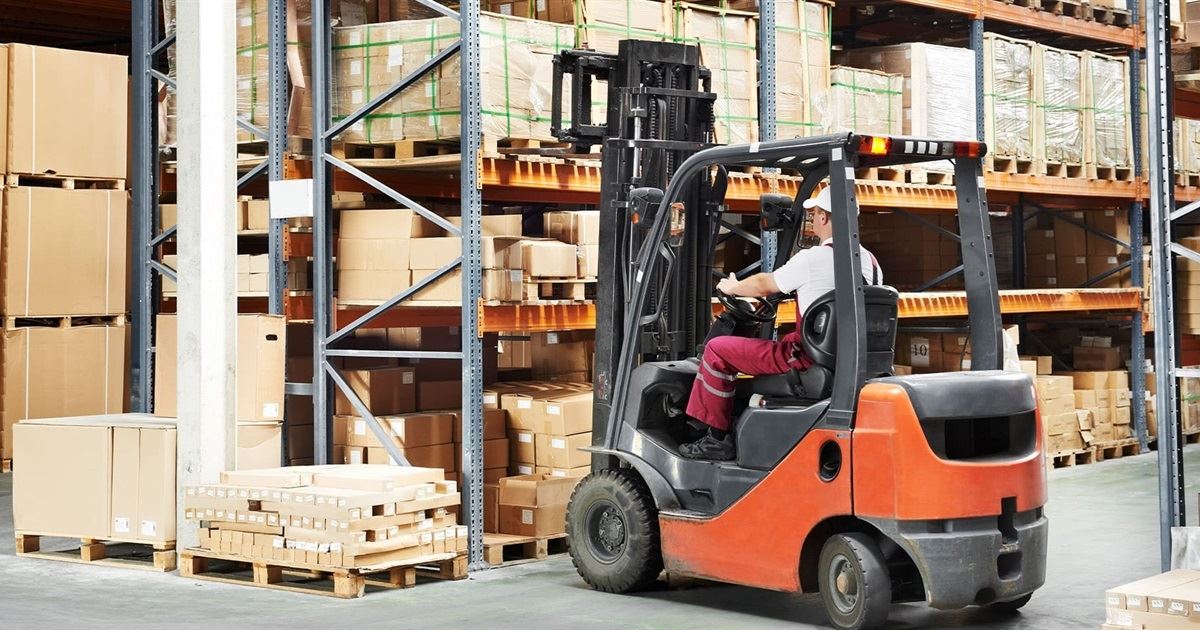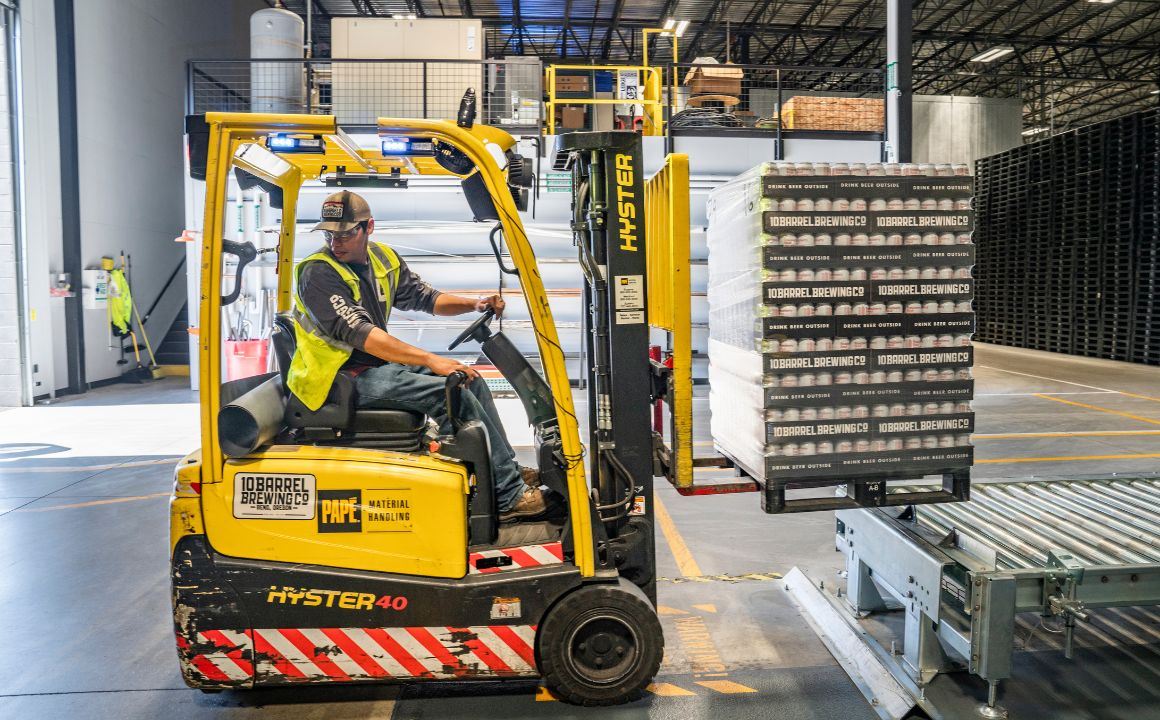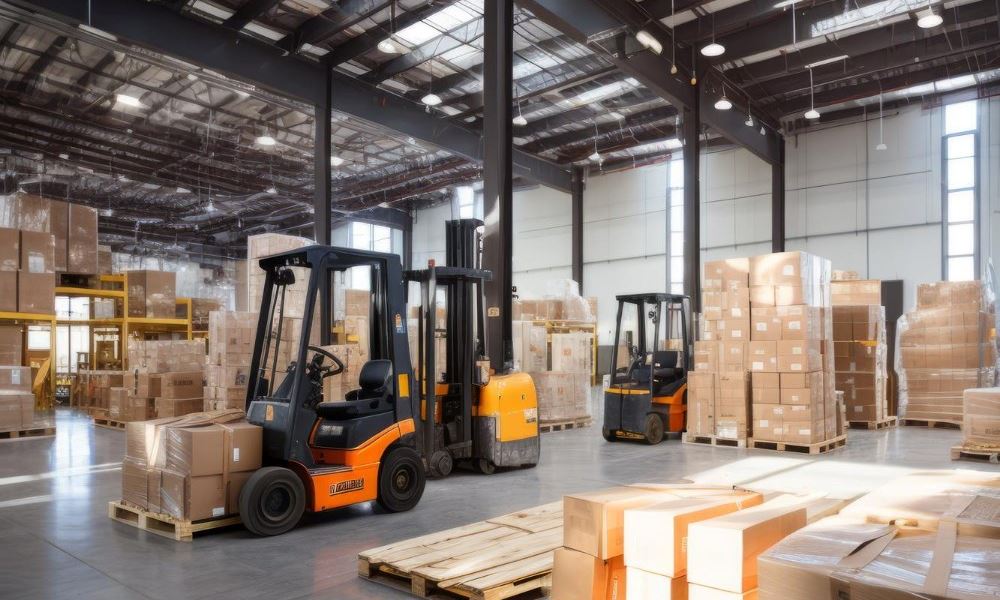How to Choose a Forklift for a Warehouse
Forklifts are equipment designed to perform various cargo handling operations. This type of machinery helps speed up and simplify work processes.
Choosing the right specialized equipment allows you to solve multiple tasks and create comfortable working conditions in warehouses and other facilities. In this overview, we’ll discuss how to choose a forklift, its key specifications, and the types of tasks it should handle. To get the most out of your equipment, it’s important to understand its capabilities in advance.
What tasks should a forklift perform in a warehouse?
It’s not enough to simply rent or buy the first available option. You need a clear understanding of the tasks it must complete. The main functions of a forklift in warehouse operations include:
- working effectively both indoors and outdoors;
- loading and unloading various items within its lifting capacity;
- assembling product pallets;
- moving goods within warehouse facilities;
- lifting and lowering loads horizontally.
Forklifts are also essential when handling oversized, irregularly shaped, or fragile loads.
Main types of forklifts and their features
The specialized equipment market offers several types of forklifts. Each has its own features, advantages, and operating conditions. Here’s a comparison table:
|
Forklift Type |
Features |
Application Area |
Advantages |
|
Petrol |
Equipped with a petrol engine |
For light-duty tasks, mainly on small outdoor areas |
Easy maintenance, budget-friendly cost |
|
Diesel |
Powerful diesel engine designed for heavy loads |
Large outdoor warehouses, construction sites, ports |
High load capacity, versatility, reliable performance in cold weather |
|
Electric |
Powered by a rechargeable battery |
Logistics centers, warehouses, production facilities |
Quiet operation, eco-friendly, maneuverable, ideal for indoor use, low operating costs |
|
Gas (LPG) |
Uses liquefied petroleum gas as fuel |
Suitable for both indoor and outdoor environments |
Low emissions, silent performance |
Depending on your facility layout and operational goals, the optimal type of warehouse forklift in Ukraine can be selected at a reasonable price. Below is how to choose wisely.
What to consider when choosing a forklift
Key selection criteria are the technical aspects that determine whether you’ll get a suitable machine. A poor decision can lead to underperformance. So, what matters most when choosing a new or used forklift:
- mast height;
- load capacity;
- aisle width and available maneuvering space;
- equipment dimensions;
- operator cabin comfort and ergonomics;
- operation safety level;
- type of tires and wheels;
- humidity and temperature conditions in the facility;
- complexity and frequency of assigned tasks;
- type and availability of attachments;
- brand reputation and customer reviews.
Pricing is another important factor for most buyers. Forklift costs depend on functionality, technical specifications, and equipment level.
New or used equipment: what’s best for the warehouse?
Choosing between new and used forklifts depends on your requirements and budget. Each option has its pros and cons.
Used equipment is more affordable and allows for the purchase of high-quality models at lower prices. However, it may have limited lifespan and require more maintenance.
New equipment offers better performance, reliability, and typically requires no repairs during the first few years—ultimately improving overall warehouse efficiency.


